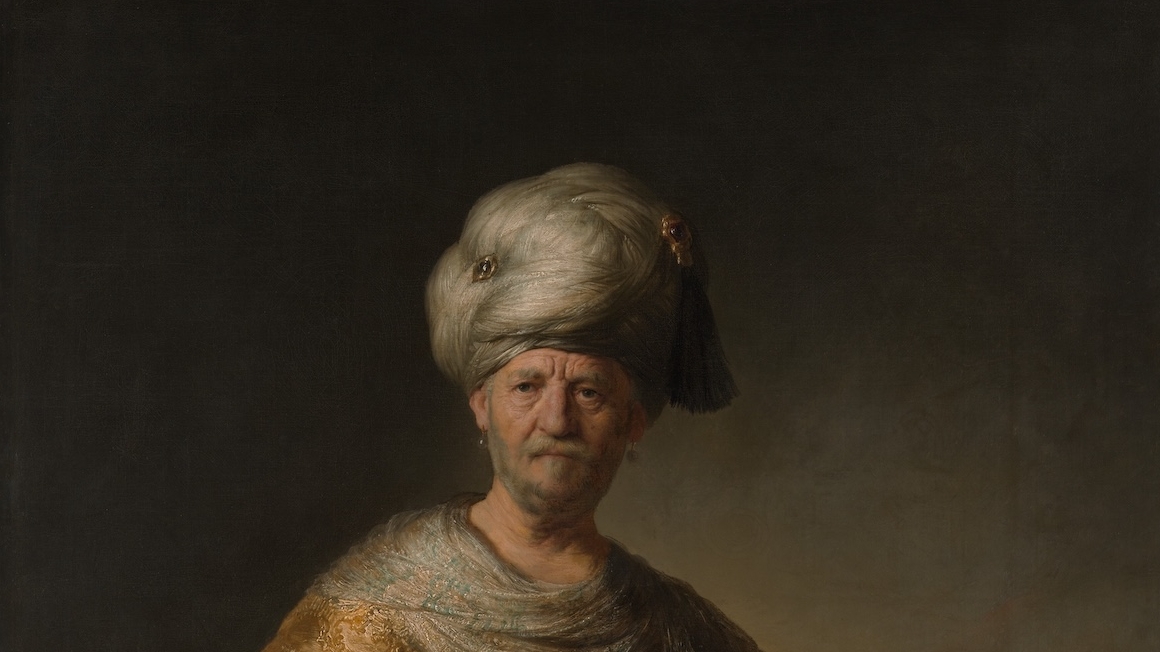
NEW – Europe and the World: Encounters in Art
Online
Dr Thomas Balfe
10 pre-recorded lectures and 5 live Zoom seminars at 18:30 [London time], over 5 weeks from Thursday 6 November to Thursday 4 December 2025, with an optional course visit on Saturday 6 December 2025
£395 or £445 with visit
Course description
The period following the Columbian voyages (1492-1504) saw increasing contact between Europe and the rest of the world, spurred by trade, colonial expansion and the thirst for knowledge.
This course focuses on the art and visual culture that resulted from the encounter between European artists and Asia, Africa and the Americas, produced between the sixteenth and the late eighteenth centuries.
The materials in this area are astonishingly rich. They include depictions of non-European people by renowned painters such as Dürer, Titian, Anthony Van Dyck and Johann Zoffany, the drawings of flora and fauna recorded by colonial artists working abroad, and the picturesque views of India and the South Seas produced by Captain Cook’s landscapists’ William Hodges and John Webber. Early ethnographic images and so-called casta paintings reflected new ideas about racial difference and the origins of humankind, even as they continued to express a strong sense of European superiority. The ivories made by sixteenth-century African carvers for Portuguese clients, and Rembrandt’s responses to Mughal miniatures, reveal the deep interest that discerning Europeans had in the knowledge and skill of foreign artists. Print brought illustrated travel accounts, maps and reproductive images of all kinds, such as the etchings made after Rubens’ extraordinary ‘exotic’ hunts, to a wider audience, as did public exhibitions from the early eighteenth century. Works that address slavery and related forms of exploitation represent the most challenging aspect of this story, one that we will also engage with critically in our discussions.
Lecturer's biography
Dr Thomas Balfe is an art historian specialising in early modern (c.1550–c.1750) northern European easel painting and the graphic arts. His main research areas are seventeenth-century animal, hunting, fable, and food still-life imagery. His co-edited book on the term ad vivum and its relation to images made from or after the life was published in 2019. He is currently working on a long-term writing project that focuses on European depictions of hunting practices in the Americas, Asia, and the Arctic.





